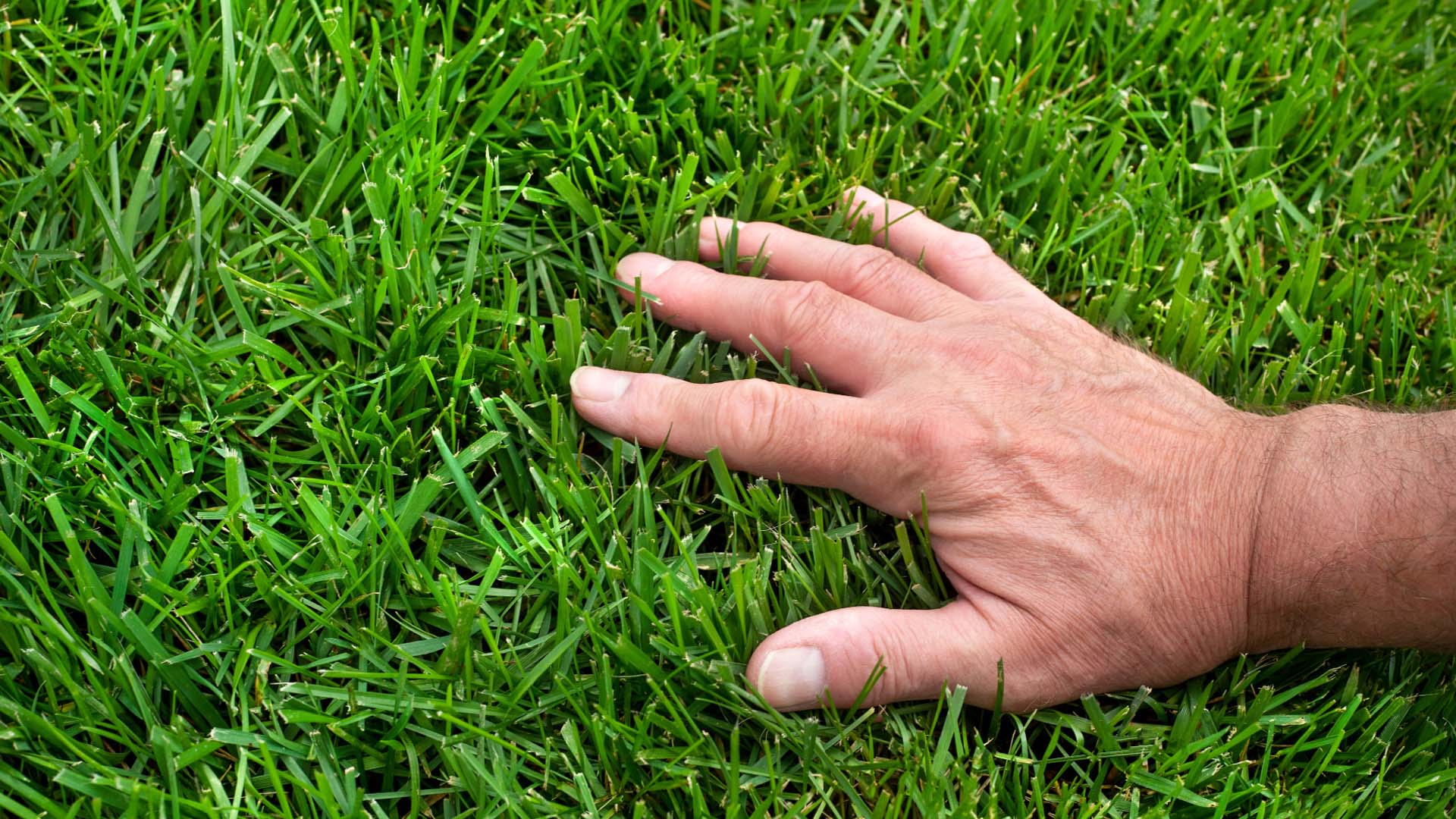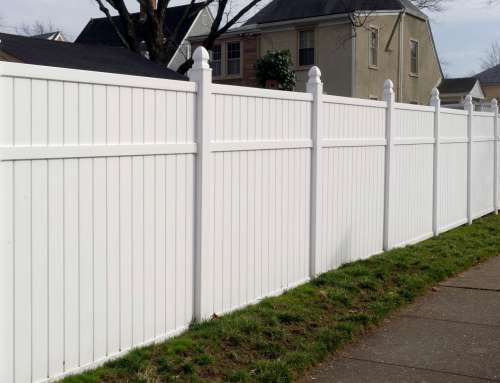Over time, soil can become compacted due to heavy foot traffic, machinery, or even just natural settling. Compacted soil restricts the flow of air, water, and nutrients to the grassroots, which can lead to poor lawn health. The remedy is lawn aeration. It’s a process that involves perforating the soil with small holes to allow air, water, and nutrients to penetrate the grassroots more effectively.
Aeration helps alleviate soil compaction by creating pathways for air, water, and nutrients to reach the grassroots. This promotes healthier root growth, improves overall lawn health, and enhances the effectiveness of fertilizers and other treatments. Aeration can be done using specialized equipment like aerators, which remove small plugs of soil from the ground, or by spiking the lawn with solid tines to create holes without removing soil cores. The best method depends on the specific needs of the lawn and the soil conditions.
Overall, lawn aeration is a vital aspect of lawn care maintenance, especially in high-traffic areas or lawns with compacted soil. It helps ensure that your lawn receives the essential elements it needs to thrive, resulting in a greener, thicker, and healthier lawn.
Here’s why it’s your lawn’s best friend this season:
- Enhanced Oxygen Flow: Aeration promotes better circulation of oxygen to your lawn’s roots, fostering healthier and stronger grass growth.
- Reduced Soil Compaction: Over time, soil can become compacted, hindering root development and water absorption. Aeration loosens the soil, allowing roots to spread and absorb essential nutrients more effectively.
- Improved Water Absorption: Say goodbye to puddles and runoff! Aeration helps water penetrate deeply into the soil, preventing water waste and ensuring your lawn stays hydrated during those sunny spring days.
- Thicker, Lusher Grass: With better access to oxygen, nutrients, and water, your lawn will reward you with thicker, lusher grass.




